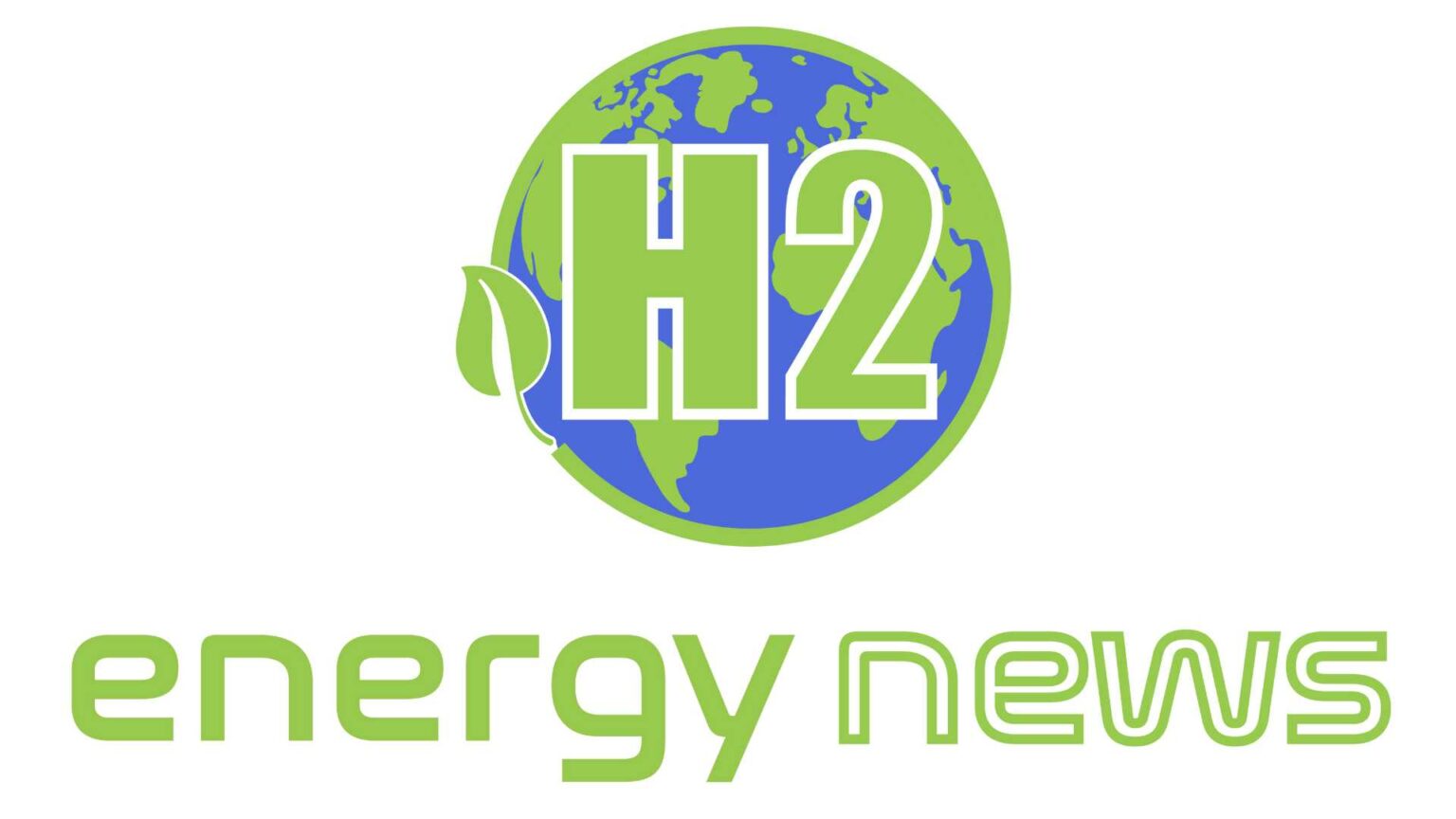It’s possible that a new material developed by UIC fuel cell engineers could give fuel cell vehicles an advantage over the batteries that power most current electric vehicles.
Instead of relying on lithium batteries, fuel cells use catalyst-driven chemical reactions to generate energy. However, the high cost of cathode materials and manufacturing means that lithium batteries can only travel 100-300 miles on a single charge and must be recharged for several hours. To achieve more than 400 miles on a single charge, fuel cell systems can take advantage of abundant elements like oxygen and hydrogen, which can be done within five minutes. Platinum is too expensive or quickly degrades to be practical as a catalyst for their reactions, so they can’t use it.
For the time being, at least. Scientists can improve the durability of a low-cost iron-nitrogen-carbon fuel cell catalyst by developing a new additive material. The additive material protects fuel cell systems from two of the most corrosive byproducts of chemical reactions: unstable particles like atoms, molecules, or ions known as free radicals, and hydrogen peroxide. When added to the chemical reactions, this additive material.
UIC mechanical and industrial engineering professor Reza Shahbazian-Yassar and his colleagues used advanced imaging techniques to study reactions with the material, which is an additive made of nanoparticles of tantalum-titanium oxide. To make the additive work, the scientists used high-resolution imaging of atomic structures as a guide.
Tantalum and titanium oxide nanoparticles with a diameter of five nanometers or less were found to work best in experiments. Additionally, it was discovered that a tantalum to titanium oxide ratio of 6-4 was required in the tests. Scavenger nanoparticles were found to reduce hydrogen peroxide yield by 51 percent and current density decay by a factor of three when they were added to the reactions of fuel cell systems, according to the results of the experiments.
The research was funded by the U.S. Department of Energy, the National Science Foundation, and the Maryland Nano Center.





